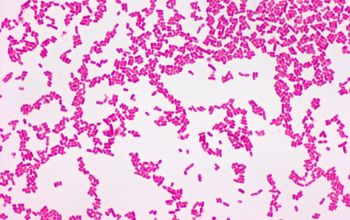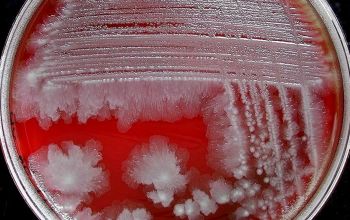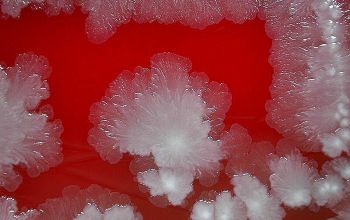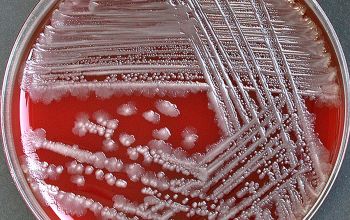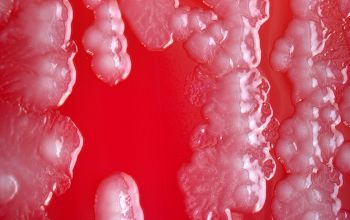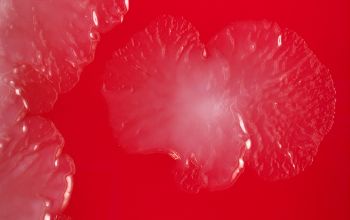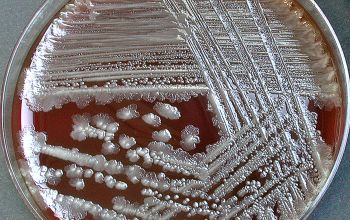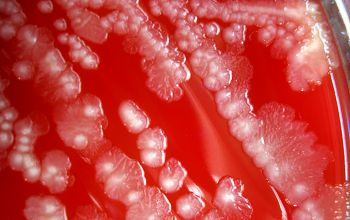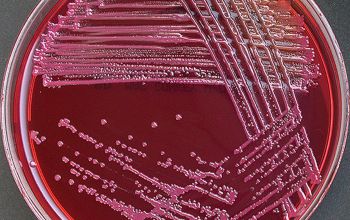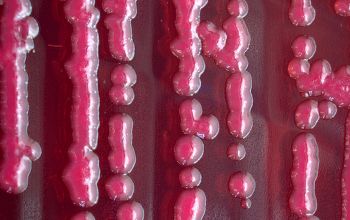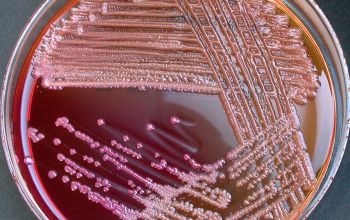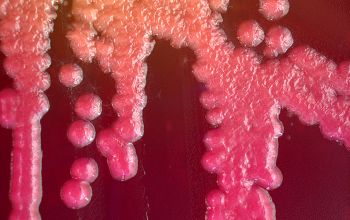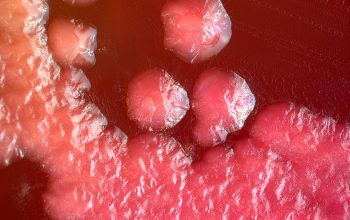Hafnia alvei
-
General information
Taxonomy
Family: Enterobacteriaceae
Natural habitats
Widely distributed in nature, water, soil, dairy products and rarely from clinical samples (feces) from humans and animals
Clinical significance
H. alvei seem to be opportunistic pathogens which produce infections in patients with underlying illness or predisposing factors.
May cause nosocomial infections associated with other bacteria, like septicemia, enteritis, urinary tract infections, pneumonia and abscesses.
-
Gram stain
Gram negative straight rods,
1.0 x 2.0-5.0 µm,
bipolar appearance and slightly longer than the other Enterobacteriaceae
-
Culture characteristics
-
Facultative anaerobic
BA: colonies are smooth (S-type), low convex, entire edge, gray and 2mm after 24 hours.
McConkey: growth mostly as non lactose fermenter
BBAØ: growth
Smell burnt chocolate (stinks)
-
-
Characteristics
-
References
James Versalovic et al.(2011) Manual of Clinical Microbiology 10th Edition
Karen C. Carrol et al (2019) Manual of Clinical Microbiology, 12th Edition

